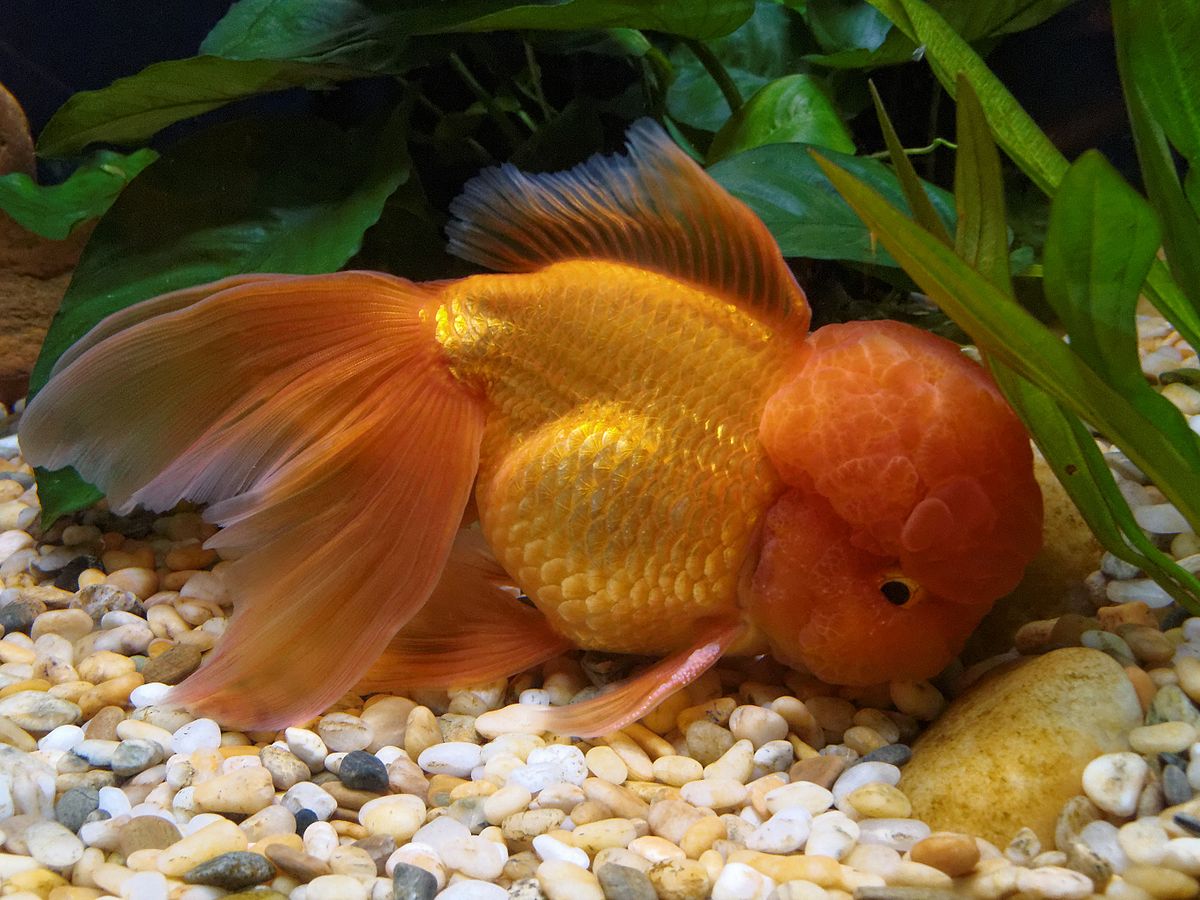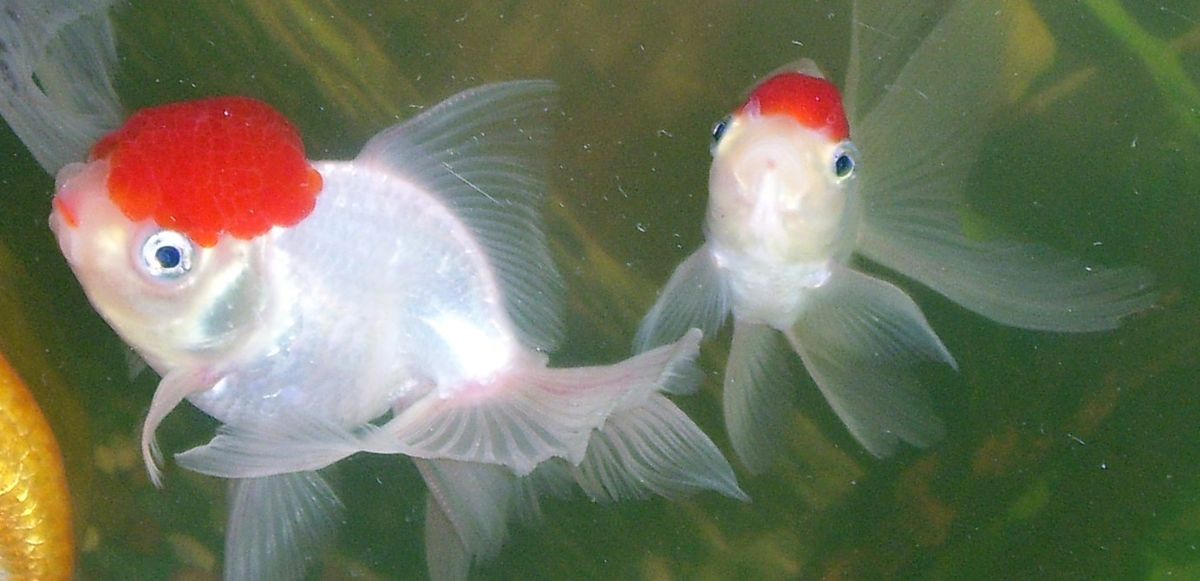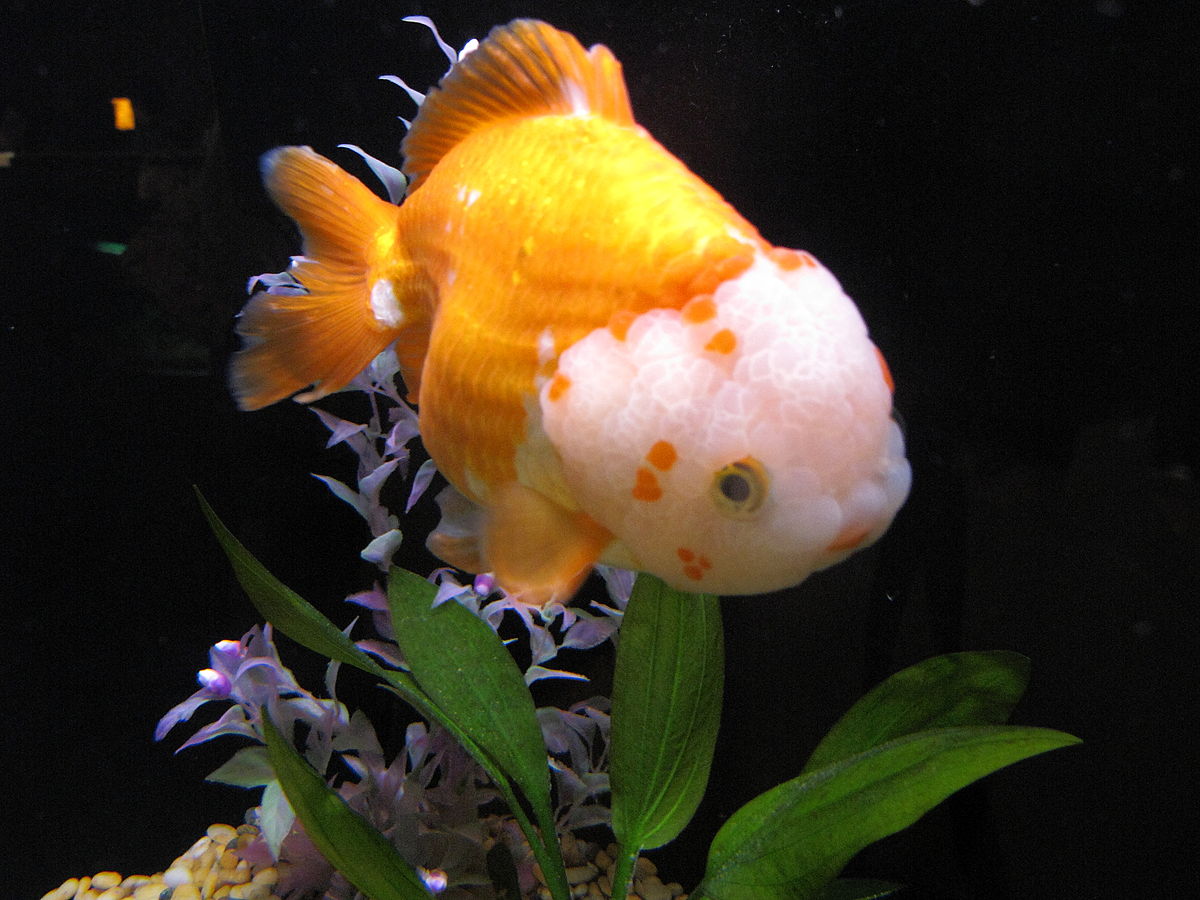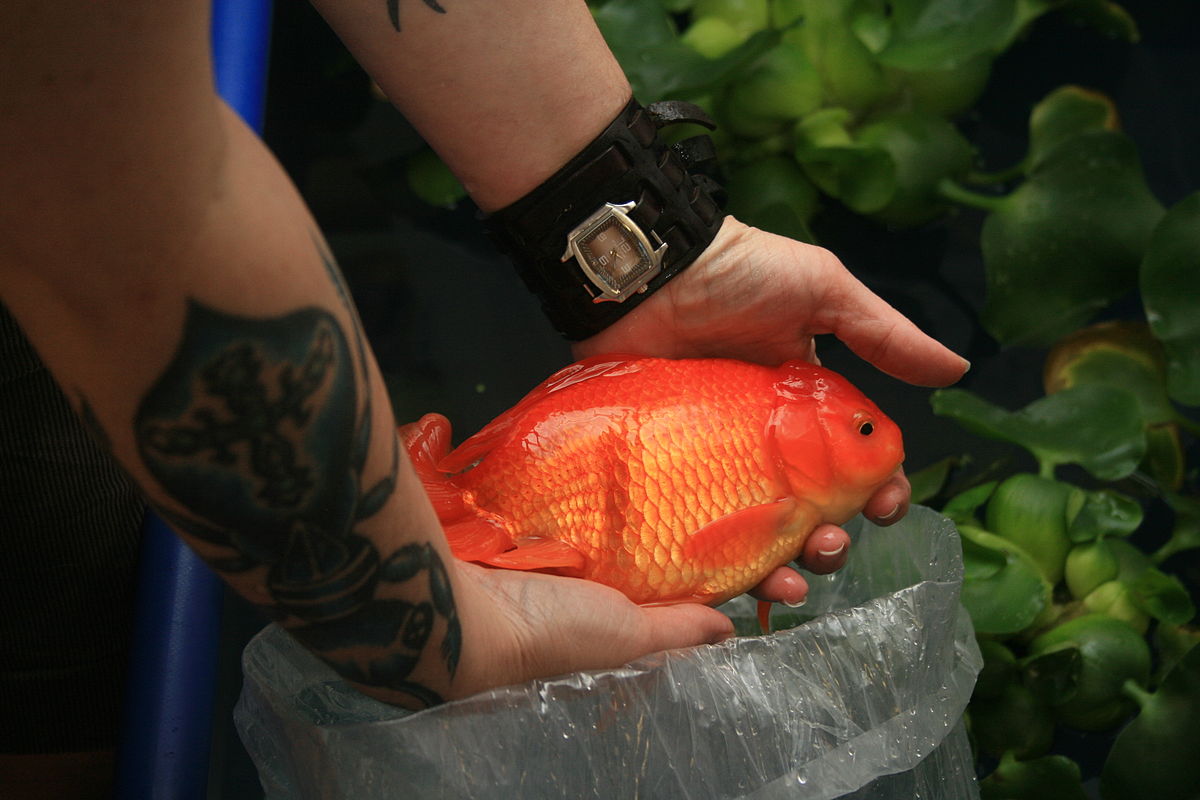Come on a journey with us and uncover the fascinating world of Oranda Goldfish. These aquatic pets are both unique and admired, endearing themselves to fish enthusiasts globally.
Getting to Know Oranda Goldfish

Oranda Goldfish are highly esteemed amongst exotic varieties of goldfish. They’re distinctive, characterized by a raspberry-like cap that forms on their heads once they’ve matured for over a year. This distinctive trait is shared with their kin — the lionhead goldfish. Another fish breed bearing a similar exotic formation is the Tiger Head. However, the attraction of these Oranda Goldfish extends beyond their telling caps.
The Appearance: A Gesture of Oranda Goldfish’s Beauty

Orandas present a fascinating appearance that combines a unique egg-shaped body with a split tail fin. They parade different colors, from metallic scales that reveal a shimmering display to a matte rendition, capturing the hearts of many. The all-white Oranda, adorned with a red hood, is a show stopper.
Oranda Goldfish and Their Legacy

These fish made their debut in the early 17th century. Whilst mass-produced, only a few align with stringent show fish standards. Notwithstanding their status, Oranda Goldfish owners have an unwavering admiration for them. These creatures can thrive in a minimum of 30-gallon tanks, being able to grow up to 10 inches.
Adapting to Their Environment: The Habits of Oranda Goldfish
The males demonstrate more slender sizes, promising compatibility with other goldfish types. Beyond their peaceful demeanor, they fit into their habitat as bottom-feeders. Feeding on a diet consisting of regular fish foods and intermittent servings of vegetables nurtures their well-being.
The Oranda Goldfish’s Health: What to Look Out For
- Water temperature tolerance: Unlike common goldfish types, Orandas are less tolerant of chilly waters.
- Environmental Cleanliness: Once their iconic hood forms, cleanliness is paramount. The hood’s folds can host bacteria, making them susceptible to infections.
Breeding Oranda Goldfish: An Interesting Encounter

The gender mystery for Oranda Goldfish is intriguing. On the cusp of breeding season, males simplify this by developing recognizable white spots on their heads. However, successful breeding might yield only a scant number of high-quality offspring.
Joy of Oranda Goldfish Ownership: Embrace Your New Aquatic Pet
For being relatively low maintenance and adapting well to indoor-presence, Oranda Goldfish are household pet favorites. The primary consideration leans towards maintaining clean water, especially after the formation and growth of the red hood, to ensure your goldfish sustains its beauty and healthiness.